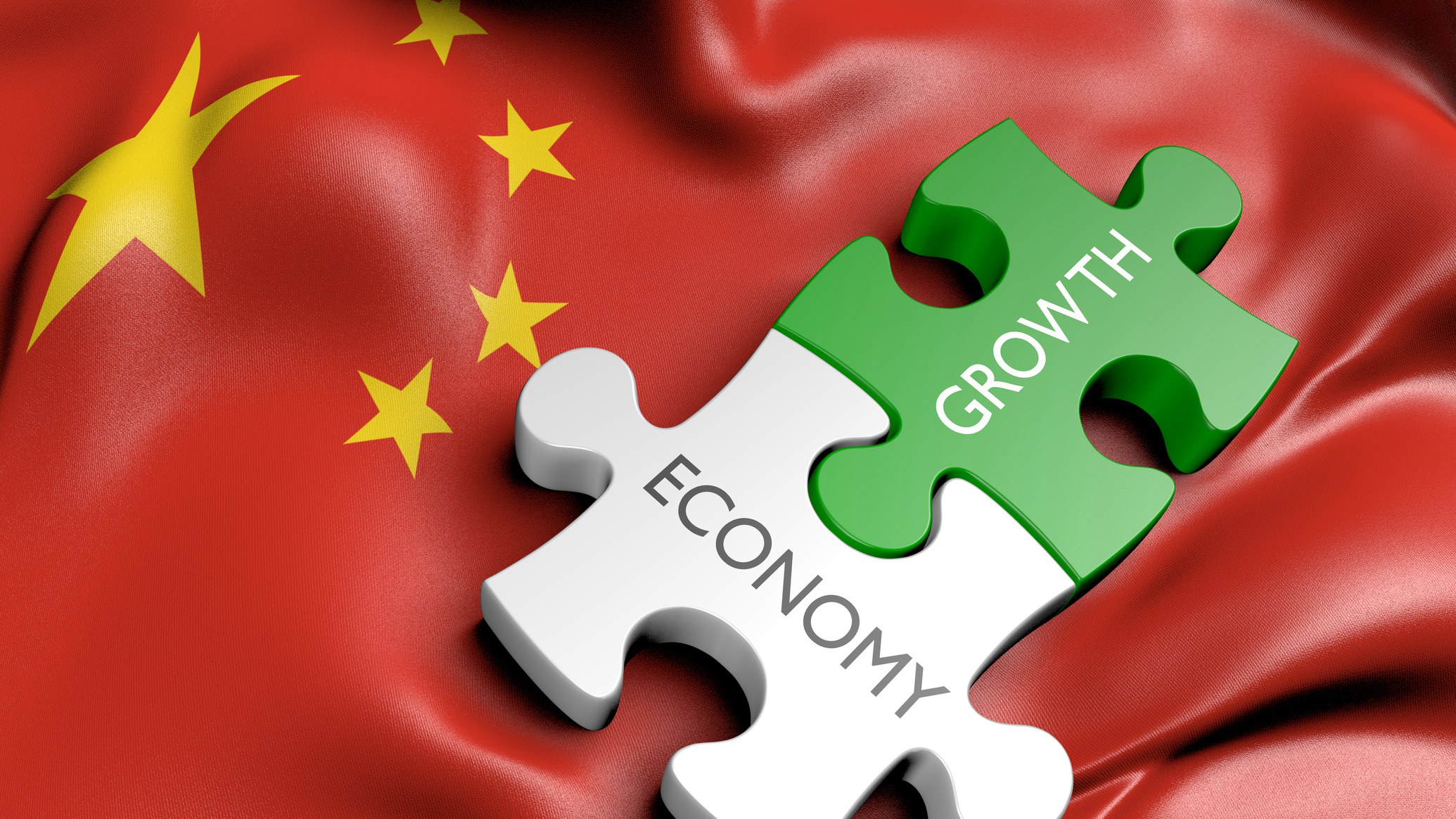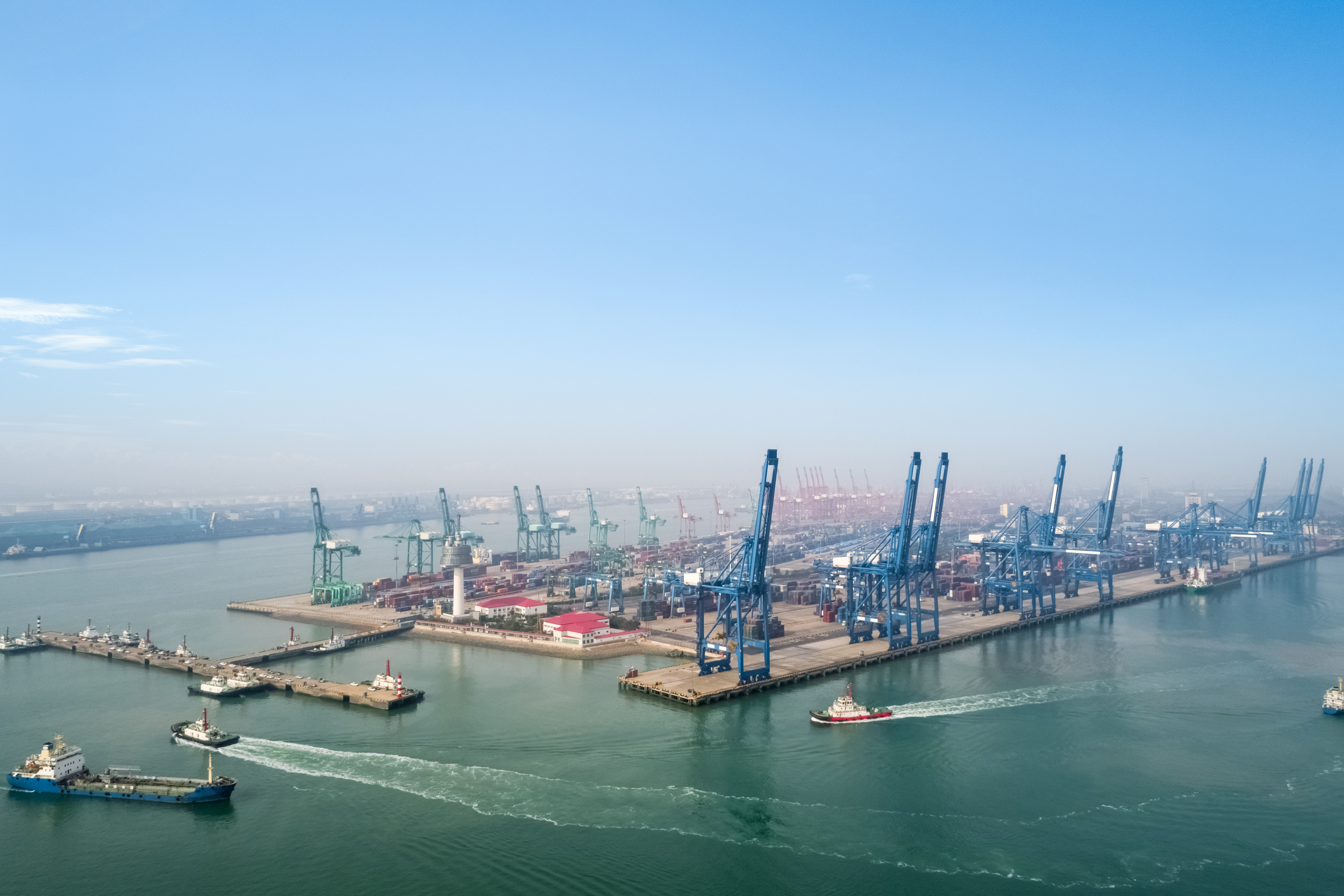
Editor's note: Ehizuelen Michael M. O. is executive director of the Center for Nigerian Studies under the Institute of African Studies, Zhejiang Normal University. The article reflects the author's opinions, and not necessarily the views of CGTN.
If ever the world needs a dose of recovery miracle, it is now; I think that recovery miracle has started to unfold in China, who knows how to turn crisis into opportunity.
The Chinese did it over four decades ago when the world doubted them. And now, they are doing it again; this time China's recovery has puzzled several individuals, including numerous economists who took the position that China will not be able to recover in 2020.
When the coronavirus emerged in December 2019, China acted quickly. The nation ordered a population equivalent to a fifth of humankind to stay at home. Those strict measures cost China an unprecedented 6.8 percent fall in GDP in the first quarter, but they worked tirelessly and today the virus is under control, compared with over eight million cases and over 200,000 dead in the United States.
The U.S. response to COVID-19 has been so muddled, and it is not yet possible to say how much of the sluggishness is due to being unprepared, how much to incompetence, and how much to the U.S.' system of governance, with its emphasis on individual freedoms over centralized authority.
What does appear clear is that the performance of the Chinese system of broad state controls – over both citizens and economy – provides China with a unique opportunity to look at the world of tomorrow with the eye of today and build sustainable competencies for the future.
During President Xi Jinping's tour to north China's Shaanxi Province, he instructed officials to "turn the crisis into opportunity." I think China has already done that because while much of the world struggles to avert COVID-19 cases from stalling the fragile recovery from the recession, China's economy is hitting its stride again and will end the year more influential than ever.
A recent report from Financial Times shows that China's economy expanded by 4.9 percent year on year in the third quarter as the nation continues its speedy recovery from the coronavirus pandemic. The expansion in China's GDP is well ahead of a 3.2-percent surge in the second quarter and represents a sharp U-turn from a historic decline at the beginning of 2020.
With the surge in GDP, China will be the only major economy that records positive growth and the only economy that will be bigger at the end of the year.
The positive growth in China proves that China is experiencing a classic "V-shaped" economic recovery from the pandemic, something which has turn out to be more of a fantasy in other parts of the world. The classic "V-shaped" recovery has put the nation on track to record a higher percentage growth of eight percent in 2021.
The higher percentage growth is just a forecast, and any number of unforeseen circumstances could radically change the state of play, as 2020 has revealed. But if current growth projection is reasonably accurate, the implication is that, according to IMF 2020 World Economic Outlook, China's economy ($24.2 trillion) will be one-sixth larger than the United States ($20.8 trillion).

Tianjin Port, the largest of its kind in northern China. /Getty
Tianjin Port, the largest of its kind in northern China. /Getty
Due to the size of the Chinese economy, the nation's success will be instrumental in revitalizing the worldwide economy as a whole because through the community of shared future for mankind, China is creating a world where more compassion and more empathy make us more human – and with the pandemic under control coupled with ambitious economic policies, China seems well-positioned in supporting the global economy to bounce back.
The key to whether China can turn out to be the main motivator of the worldwide economic recovery will hinge on whether other nations can meet with China halfway and employ collective efforts to promote worldwide economic expansion.
China built its relatively quick recovery through numerous measures, including stringent lockdown and population tracking policies intended to contain the pandemic as well as the state-backed industrial boom at a time when global growth remains under severe pressure.
The Chinese government also set aside hundreds of billions of dollars for major infrastructure projects and offered cash incentives to stimulate spending among its citizens. The payoff has been evident as tourism and spending rebound during China's Golden Week National Day holiday in October.
According to the Ministry of Culture and Tourism, over 630 million Chinese folks traveled around the nation which is almost 80 percent of the number who traveled during the same period in 2019.
In spite of trade tensions, industrial production surged by 5.8 percent over the same quarter in 2019, a marked improvement over the first half's 1.3-percent contraction. Retail sales surged by 0.9 percent over a year earlier, which was up from a 7.2-percent contraction in the first half.
The Chinese economy has also benefited from its important role in worldwide supply chains where China's exports were up 3.5 percent year on year, exceeding predictions largely because of medical products sent abroad.
It looks as if for now, China's success is shaking off the coronavirus pandemic and keeping factories operating has strengthened China's role in global value chains. According to the CNN report cited from China's Ministry of Commerce, it is interesting to note that the U.S. foreign direct investment increased by six percent in the first half of 2020.
Even though China and the U.S. tensions have augmented dramatically currently, several U.S. firms are still keen to engage with China because the U.S. companies were likely encouraged by Chinese government decision to take out some trade barriers concerning investing in China's financial sector and other sectors.
According to CNN calculation employing the World Bank statistics, by December 2020, China's share of worldwide GDP is likely to surge by around 1.1 percent. This is three times the share China gained in 2019. By contrast, the U.S. and Europe will see their shares shrink to some extent.
The report added that by December 2020, China's economy is anticipated to be worth nearly $14.6 trillion, roughly equivalent to 17.5 percent of the global GDP. Even without the disruption caused by COVID-19, China's share would have ticked up in 2020.
In conclusion, in a world mired with recession, the need for China to coordinate COVID-19 outbreak countermeasures and direct an economic recovery plays to the strengths of the nation's governance model.
(If you want to contribute and have specific expertise, please contact us at opinions@cgtn.com.)